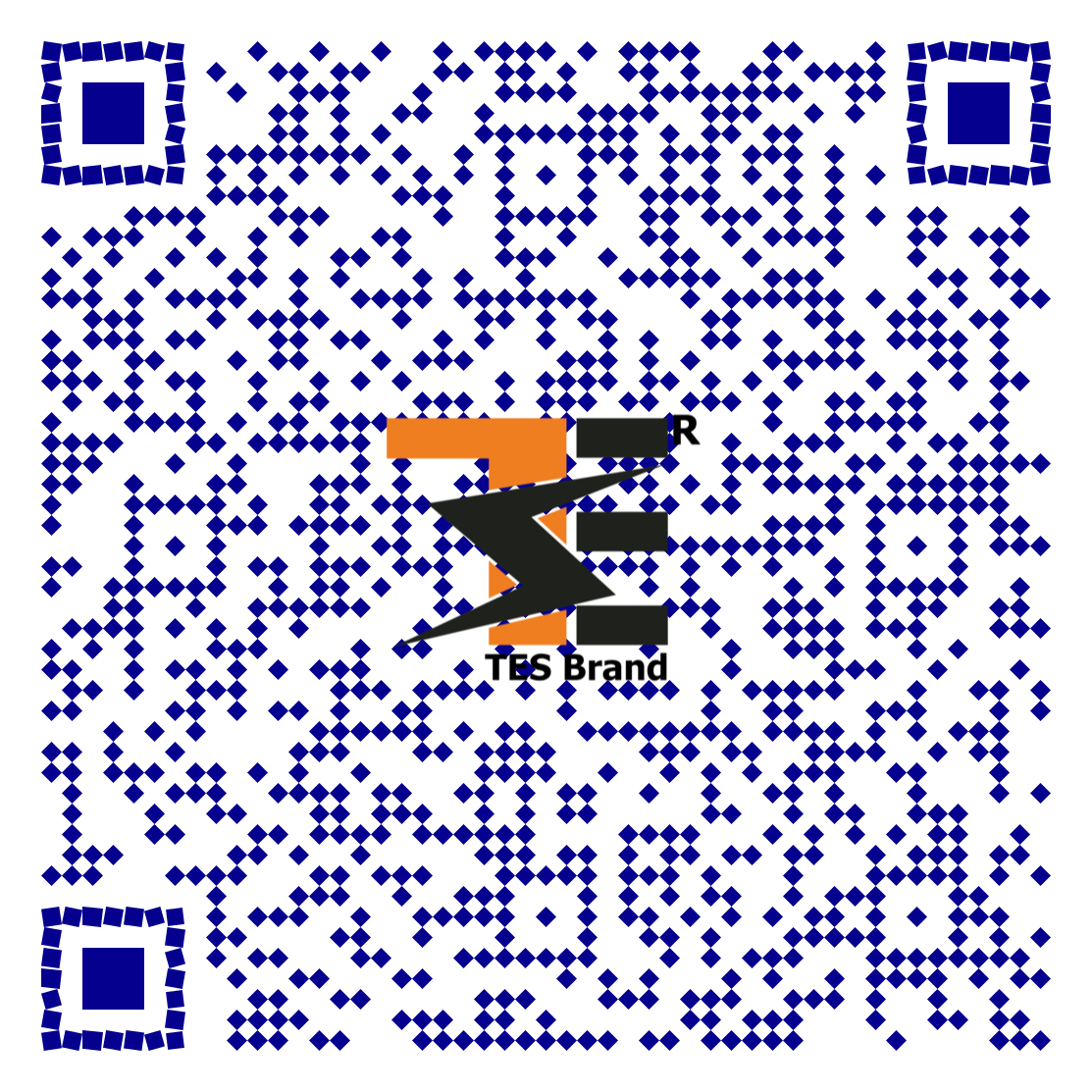Mori0502
Newbie
Hi,
I'm currently trying to build a security system that's supposed to work like those EAS (Electronic Article Surveillance) systems in retail stores. The basic idea is that I have a transmitter on one side of the exit and a receiver on the other side. And if someone having an RFID tag on them passes the door an alarm goes of.
I already built and tested a Colpitts oscillator at 8.2MHz that connects to a 1.2m loaded antenna as the transmitter and a 1.2m loaded antenna as the receiver. I power the system with 9V and receive about 500mV peak to peak voltage when I place the transmitter and receiver ~1m apart.
For the RFID tag a purchased a 8.2MHz passive tag, normally used in retail stores, consisting of an inductor an a capacitor. When I now place the tag in between my transmitter and receiver, I don't notice a change in the received amplitude though.
Does anyone know why that is? Is my transmitter too weak?
I'm currently trying to build a security system that's supposed to work like those EAS (Electronic Article Surveillance) systems in retail stores. The basic idea is that I have a transmitter on one side of the exit and a receiver on the other side. And if someone having an RFID tag on them passes the door an alarm goes of.
I already built and tested a Colpitts oscillator at 8.2MHz that connects to a 1.2m loaded antenna as the transmitter and a 1.2m loaded antenna as the receiver. I power the system with 9V and receive about 500mV peak to peak voltage when I place the transmitter and receiver ~1m apart.
For the RFID tag a purchased a 8.2MHz passive tag, normally used in retail stores, consisting of an inductor an a capacitor. When I now place the tag in between my transmitter and receiver, I don't notice a change in the received amplitude though.
Does anyone know why that is? Is my transmitter too weak?

